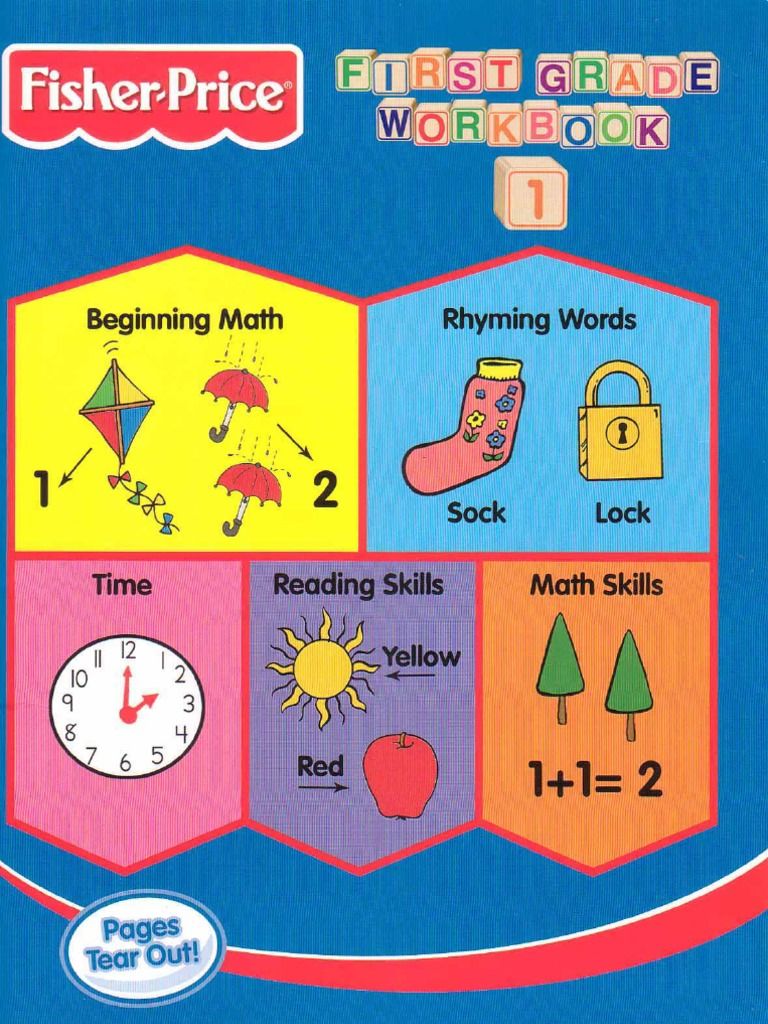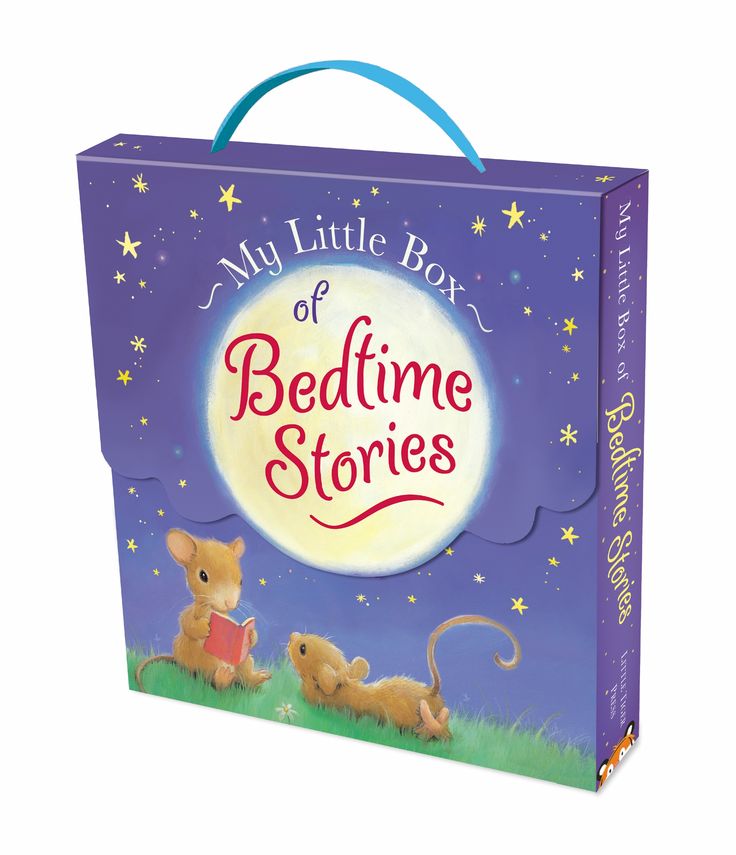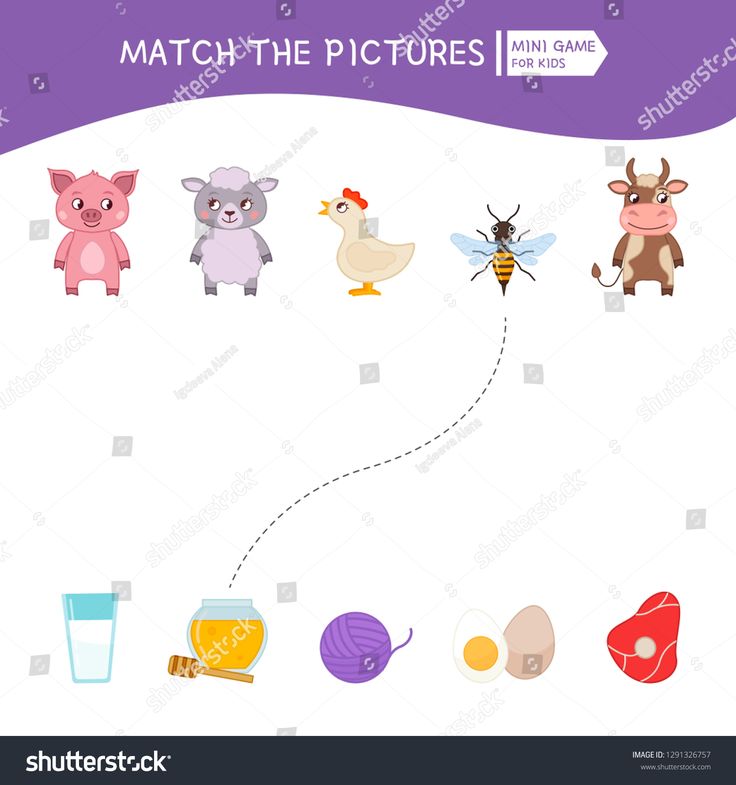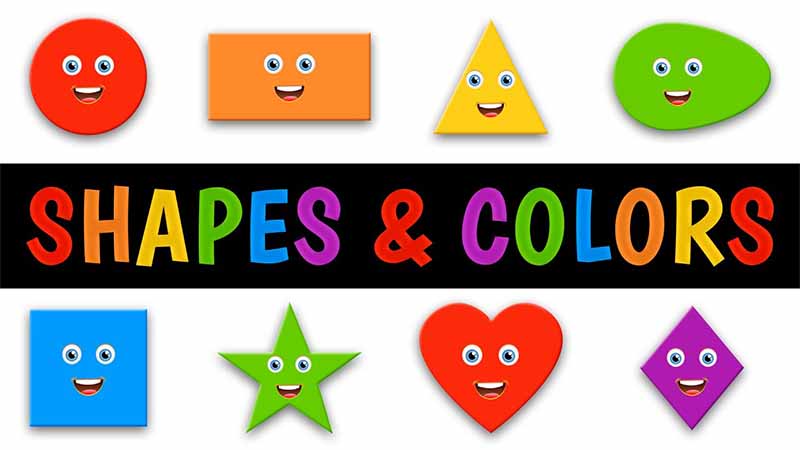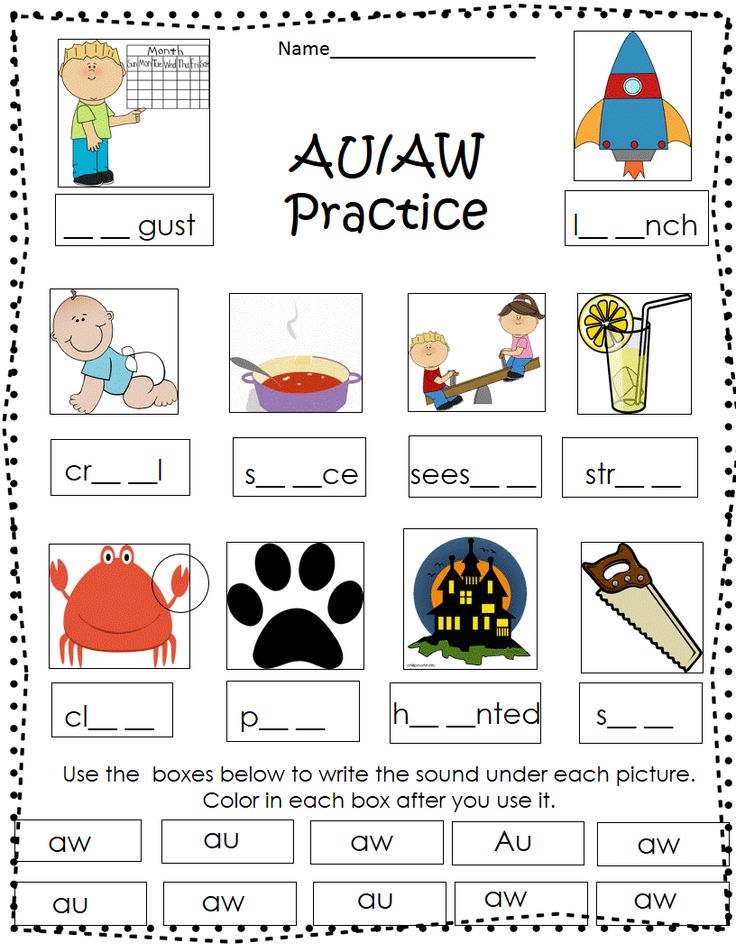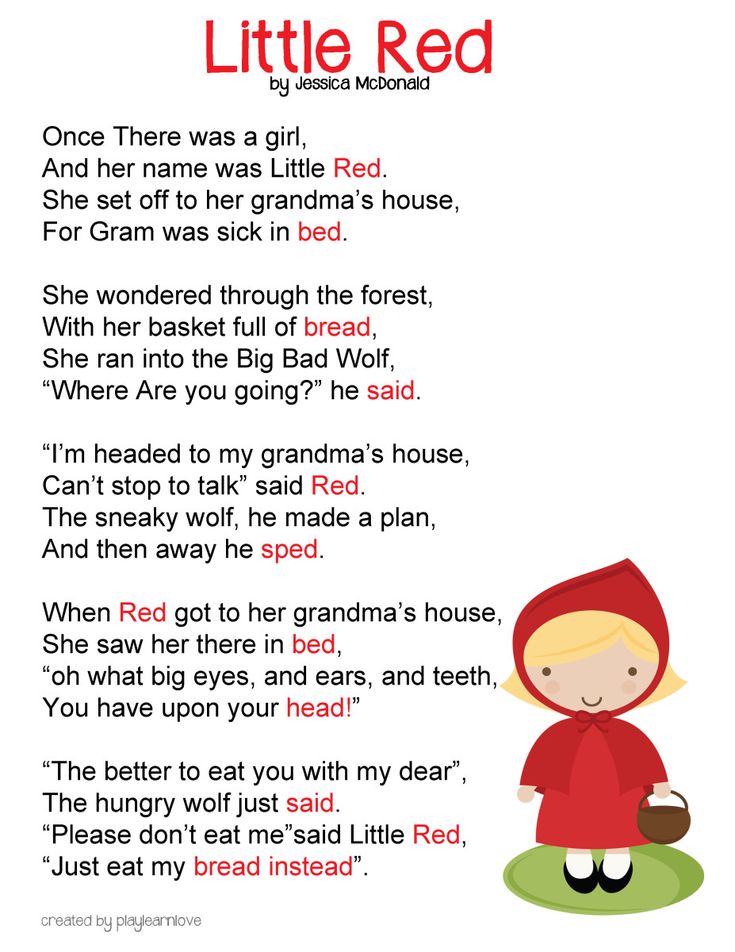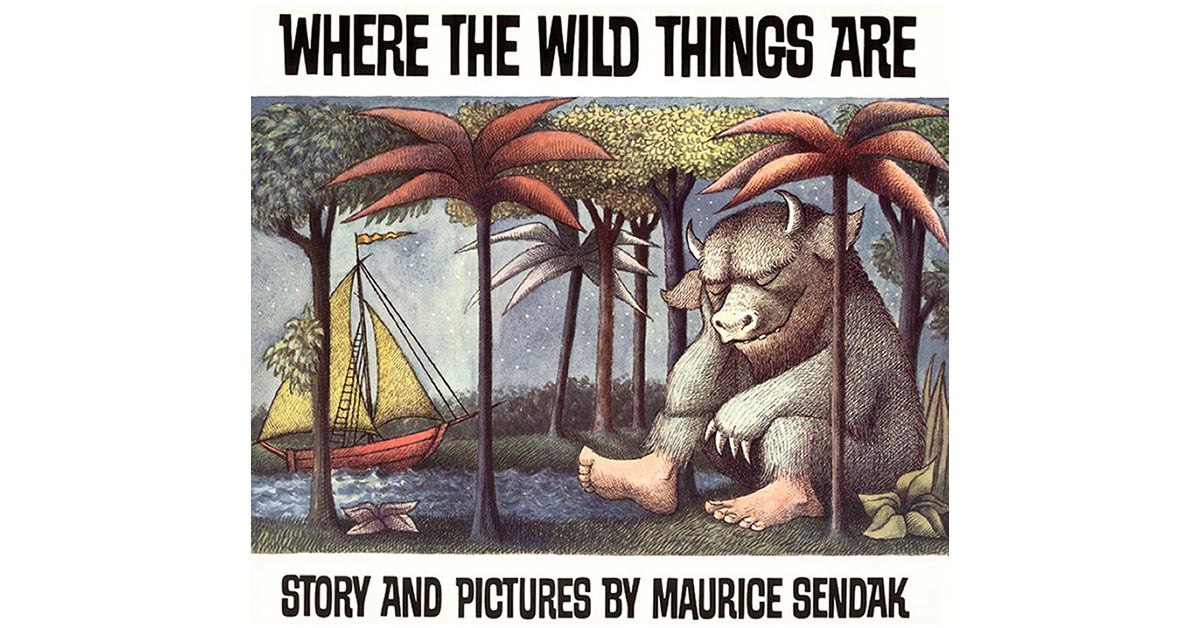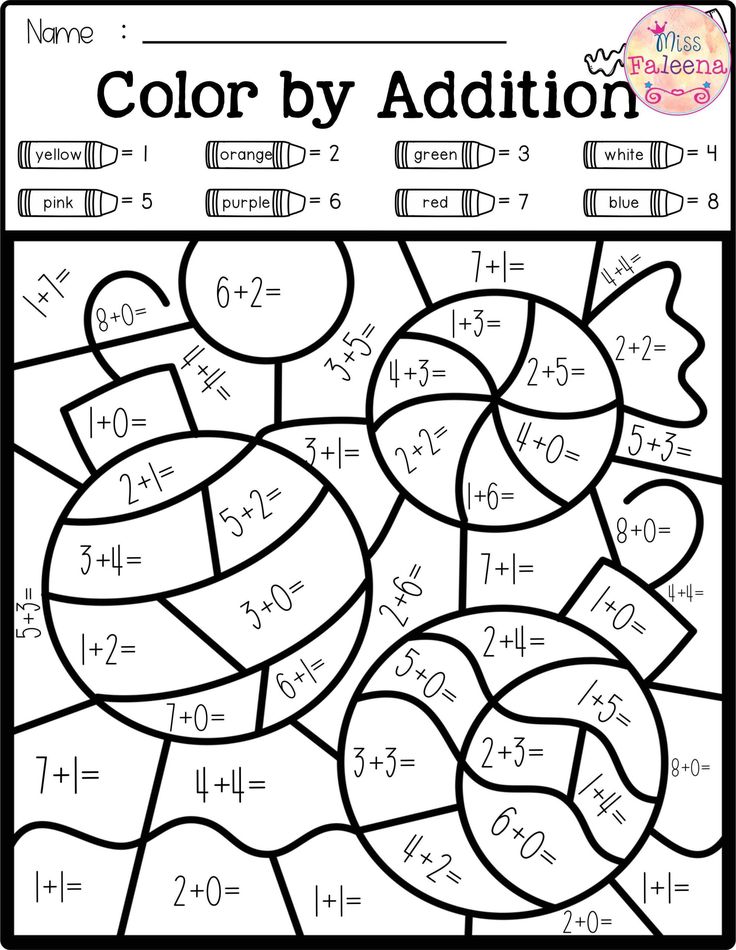Vocabulary strategies for kindergarten
Vocabulary: Activities for Your Kindergartener
Overview
Talking to and reading with your kindergartener are two terrific ways to help them learn new words. Conversations and questions about interesting words are easy, non-threatening ways to get new words into everyday talk.
Use rich language in conversations with your child
Even very young children love to hear and learn new words! Help your child expand their word bank and knowledge of the world by using interesting and vivid words instead of simpler language in your everyday conversations. For example, instead of saying, "this ice cream is good" you might say, "this caramel ice cream is scrumptious."
Read with your child every day
Reading aloud exposes your child to lots of vivid language that is not found in books for beginning readers. When you come upon a new and interesting word, take the time to stop and ask your child what they think that word might mean in the context of the story.
Then offer a kid-friendly definition of the word and connect it to a similar word and a shared experience.
Patience!
Word learning and vocabulary growth takes time and patience. Don't expect your child to learn a new word after one conversation or one read aloud. True word learning happens after being exposed to words several times. We all learn about words throughout our lifetime. You're getting your child off to a great start by developing an early interest in words.
Vocabulary in kindergarten
Try these vocabulary activities at home
Bring in the nonfiction
Nonfiction and informational books (such as the DK Eyewitness series) offer young children a treasure chest of new and interesting words about our world. If the book has a glossary, spend some time discussing the words with your child, and as you read aloud stop as often as needed to think about new words and how they connect to what your child already knows about.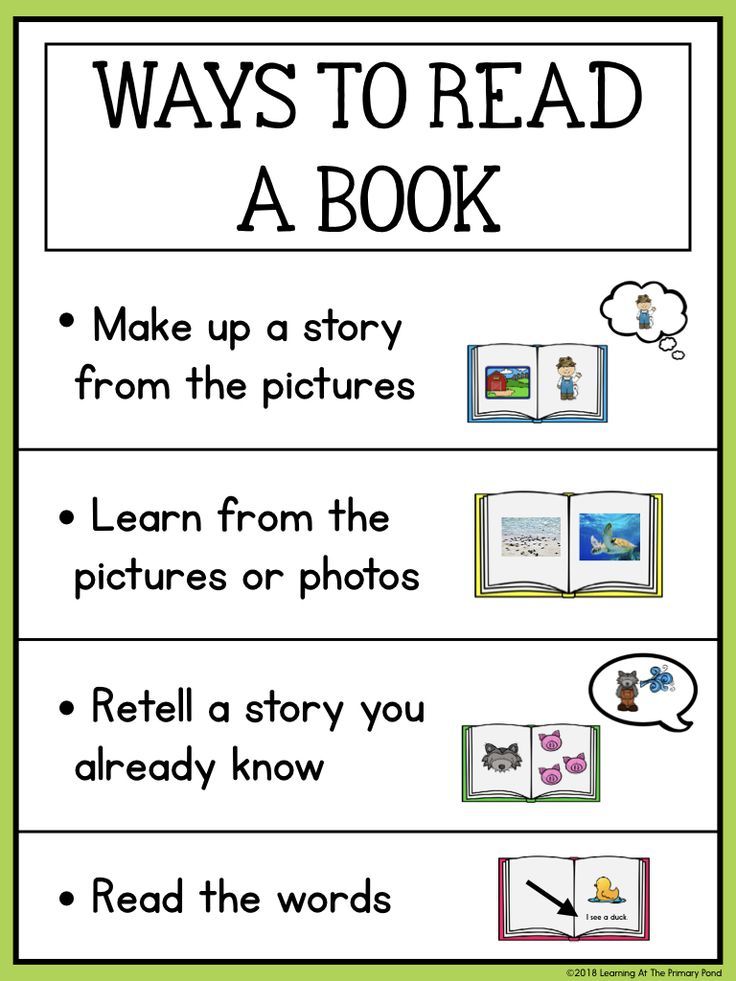
Talk about new words during read alouds
Talking to and reading with your child are two terrific ways to help them hear and read new words. Conversations and questions about interesting words are easy ways to get new words into everyday talk. "The book says, 'The boy tumbled down the hill,' and look at the picture! How do you think he went down the hill?"
Sharing a new word with your child doesn't have to take a long time: just a few minutes to talk about the word and then focus back on the book or conversation. Choose which words to talk about carefully — choosing every new word might make reading seem like a chore. The best words to explore are ones that are less common to see in the books your child might read. When introducing new words to your young learner, keep the following four helpful hints in mind:
- Provide a simple, kid-friendly definition for the new word: Enormous means that something is really, really big.
- Offer a simple, kid-friendly example that makes sense within their daily life: Remember that really big watermelon we got at the grocery store? That was an enormous watermelon!
- Encourage your child to develop their own example: What enormous thing can you think of? Can you think of something really big that you saw today? That's right! The bulldozer near the park was enormous! Those tires were huge.

- Keep your new words active within your house. Over the next few days and weeks, take advantage of opportunities to use each new vocabulary word in conversation. Kids often need to hear a new word in context ten times or more before they "know" that word.
How do I help my child learn new words while we read aloud?
Reading aloud is a great way for children to learn new words. Literacy expert Sandra Wilborn suggests that parents pause during the read aloud to elaborate on a new word by giving a simple definition, connecting the word to something your child knows, and using it in a sentence. Reinforce the learning by using that new word at home in the weeks ahead. (From our video series Reading SOS: Expert Answers to Family Questions About Reading.)
Give them great words
Children's author Jane Yolen (Owl Moon, How Do Dinosaurs Say Goodnight?) delights in using rich language in her picture books.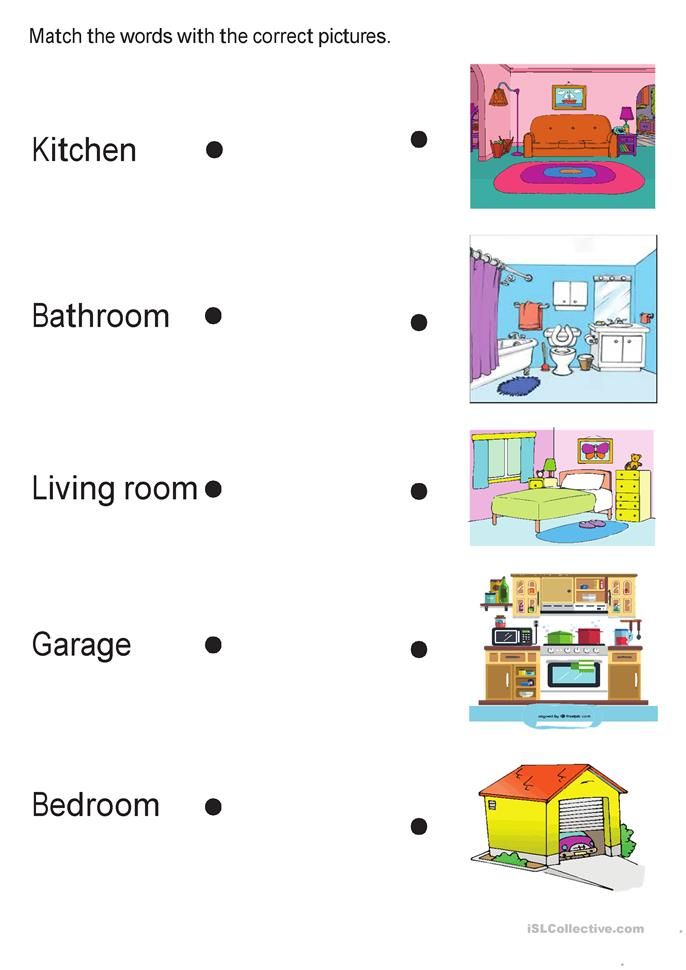 In this clip from our video interview with Yolen, she says she often has to fight to keep good words — that really stretch vocabulary learning — in her picture books.
In this clip from our video interview with Yolen, she says she often has to fight to keep good words — that really stretch vocabulary learning — in her picture books.
Grocery store vocabulary
The produce section is a great place to hear new interesting words. Words like rhubarb, asparagus, artichoke, and kiwi are fun to say, and fun to eat. As you introduce each one, use descriptive words to help your child learn. "A kiwi has a fuzzy outside, but the inside is bright green with black seeds!"
Start at the root
Begin with a simple root word, such as push. Ask your child to come up with words they know that contain that word, such as pushing, pushed, pushover, push-up. Talk about how all these words have some shared meaning related to the word push.
Consider the prefix
Numeric prefixes like bi- and tri- are a part of many words kids know and use.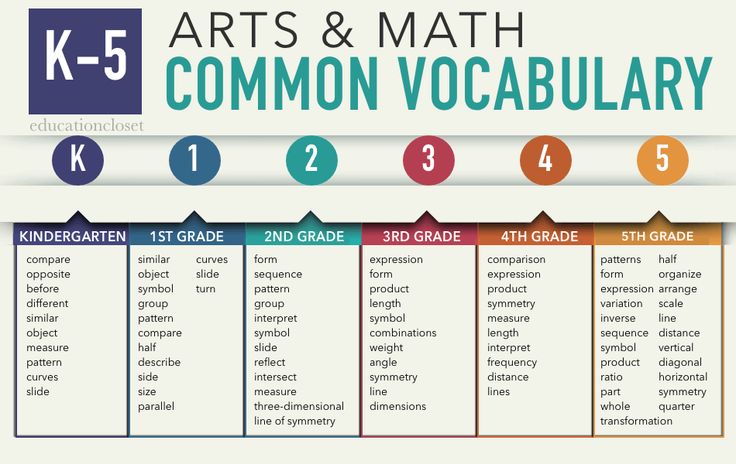 Discuss words like tricycle, tricep, triangle. All these words share the prefix tri-, which means three. Can they develop a list of words that begin with the prefix bi- (like bicycle and binoculars)? This gives you a great chance to introduce new words, like bicentennial, bicep, and biped. You can generate similar word lists with the numeric prefixes uni, octo, and cent.
Discuss words like tricycle, tricep, triangle. All these words share the prefix tri-, which means three. Can they develop a list of words that begin with the prefix bi- (like bicycle and binoculars)? This gives you a great chance to introduce new words, like bicentennial, bicep, and biped. You can generate similar word lists with the numeric prefixes uni, octo, and cent.
Word connections
Try this activity from the Florida Center for Reading Research (FCRR). The FCRR "At Home" series was developed especially for families! Watch the video and then download the activity: Word Connections. See all FCRR vocabulary activities here.
Homonym fun
Homonyms — words that sound the same but have different meanings — provide a great opportunity for word fun. Say a word out loud, and see if your child can generate more than one meaning for the word.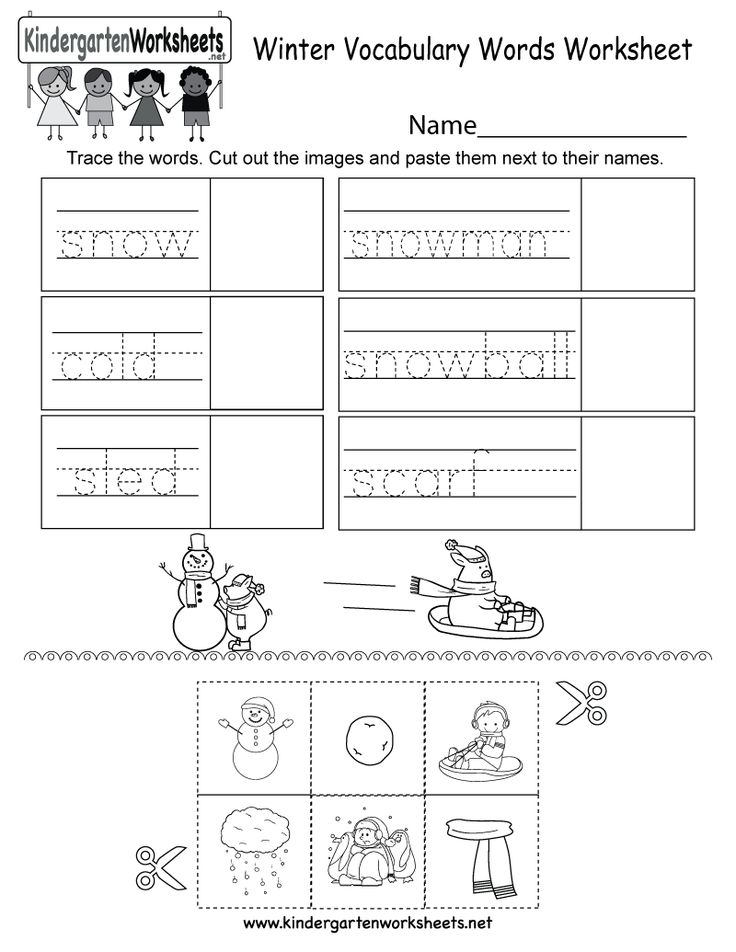 For example:
For example:
bark: the sound a dog makes
bark: the covering on a treering: jewelry you wear on your finger
ring: the sound a doorbell makes
Explore your world
Visits to a museum, the zoo, the botanical garden, historical sites, and even your neighborhood park are terrific opportunities to introduce your child to new words. Spend some time looking at the signage and identifying new words, then connecting them to what you see right there.
"What’s another word for ..."
This game helps your child learn there’s more than one word for everyday things. For example, look around you and say, "what's another word for couch?" (sofa, ottoman). Or, "what's another word for cup?" (glass, mug). You can extend the game by talking about how two things are similar but not exactly alike (glass, mug). That helps your child learn about the subtle differences in related words.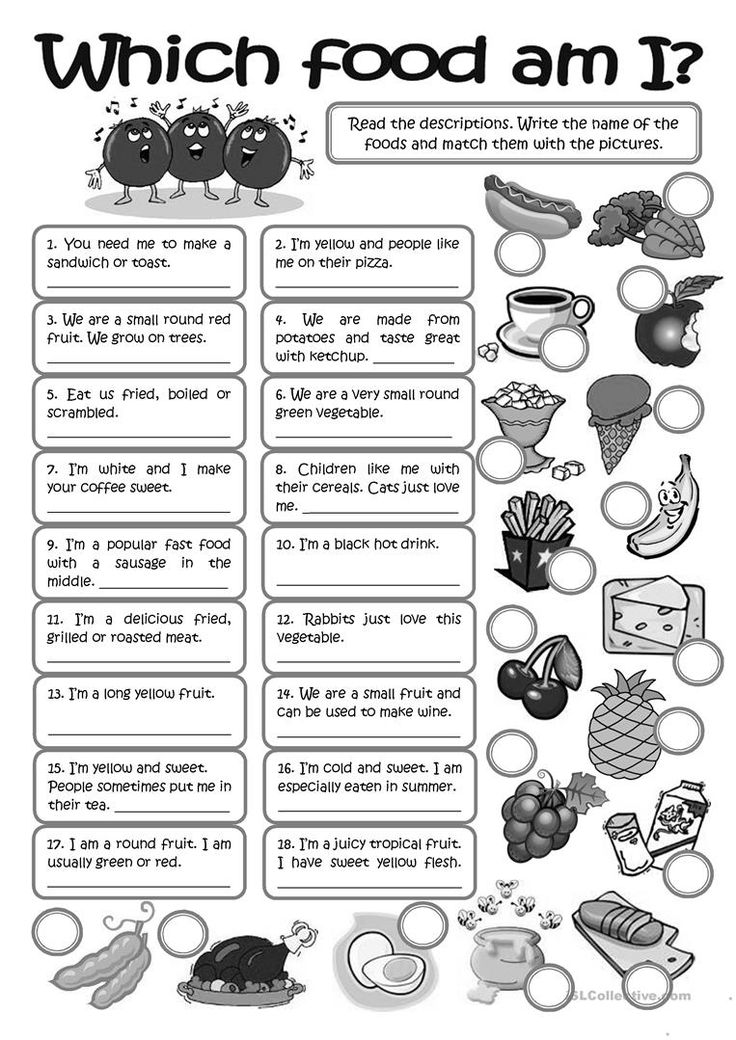
What does this word mean? Helping a kindergartner learn new vocabulary
This video is from Home Reading Helper, a resource for parents to elevate children’s reading at home provided by Read Charlotte. Find more video, parent activities, printables, and other resources at Home Reading Helper.
Understanding vocabulary: why it’s critical to your child’s reading
This video is from Home Reading Helper, a resource for parents to elevate children’s reading at home provided by Read Charlotte. Find more video, parent activities, printables, and other resources at Home Reading Helper.
More vocabulary resources
Vocabulary apps
Reviews provided by Common Sense Media.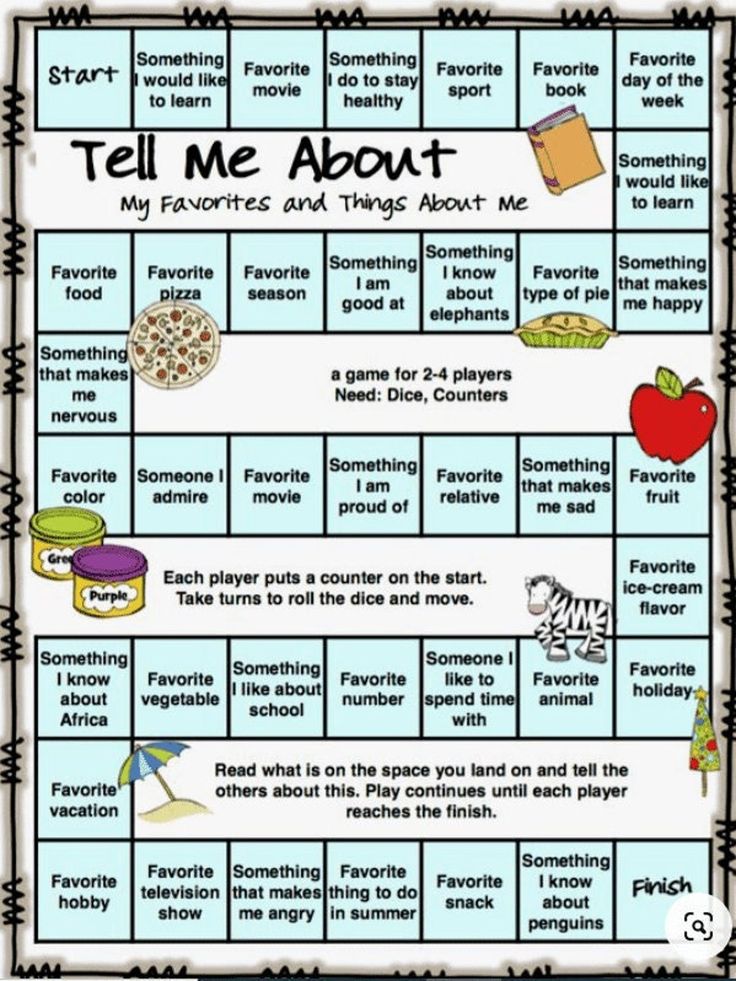
5 Simple Vocabulary Activities for Kindergarten
Vocabulary instruction can be hard to fit into your daily schedule in Kindergarten. Luckily, teaching and practicing vocabulary words can easily work throughout your day. These 5 simple vocabulary activities for Kindergarten take little to no time to prep and can also be used as time fillers, transitions, and lesson ideas.
To read more about how to teach vocabulary in Kindergarten, check out this blog post here.
Word of the week
The easiest way to implement more vocabulary practice in your day is to have a word of the week. This word can be from one of your lessons, seasonal or holiday themed, or just a word that you want to teach them. Don’t overthink this word, just pick one and move on.
With our word of the week, I introduced it every Monday morning during our morning meeting. Sometimes they knew what the word was, sometimes they didn’t know. We used this word throughout the week in our lessons, transitions, and more.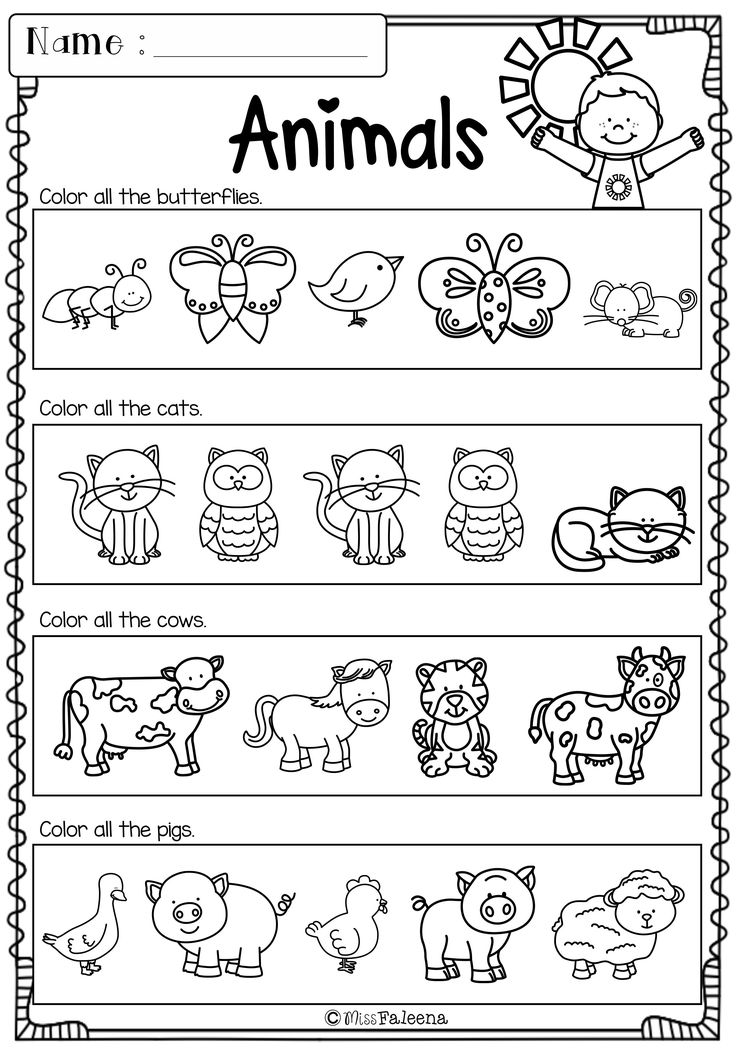 You can read more about how I implemented a word of the week in this post here.
You can read more about how I implemented a word of the week in this post here.
Missing Word
Finding the missing word is a great activity to practice both vocabulary and reading comprehension. You can do this once or twice a week as a quick vocabulary lesson or when you have 5 extra minutes in your day.
First, you will pick a sentence and leave one word missing. It’s best to write the sentence on the board, even if they cannot read, so they can visualize the spot that is missing the word. Read the sentence with the blank and have students repeat.
Ask your students, “What word is missing?” Give your students some time to think about what word it could be. You can also show or tell them 3 words as their options to see which one works for the blank space.
For example, your sentence may be “The moon ____ at night.” You may have the words “appears, relaxes, or invites” Only the word “appears” makes sense in that sentence. This will help students understand the definition of the word.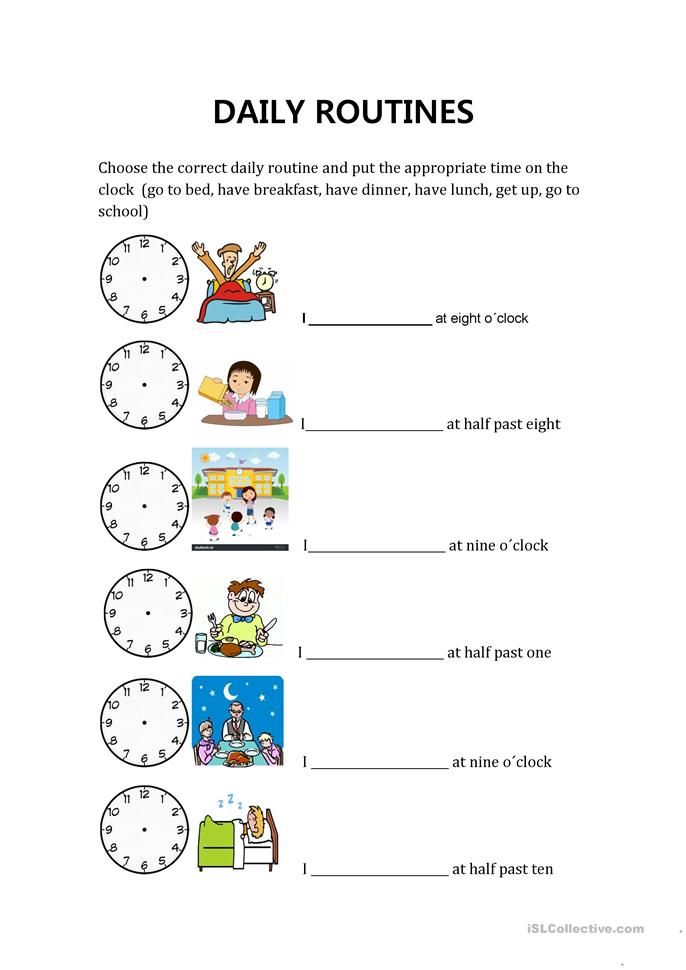
If you teach First Grade and up, this is a great activity that they can do independently. You can find this Missing Word worksheet in my CVCe Words Worksheet pack.
What's another word for?
A quick, no prep activity that works well when you have a little extra time is this “what’s another word for?” game. First, you will think of a word, like “cup” that has multiple words that mean the same thing- a cup can be called a “mug, glass, tumbler, etc”. Challenge your students to think of as many words that can be used in place of cup. You can have your students share with the student next to them the word or words they thought of. Then, call on students to share and write them down. Try to encourage your students to use these alternate words throughout the week.
Here’s a few examples:
- Run- jog, sprint
- Shirt- top, blouse, tee
- Cold- chilly, freezing, cool
Vocabulary Call and Response Activity
This activity is one I liked to do with my word of the week.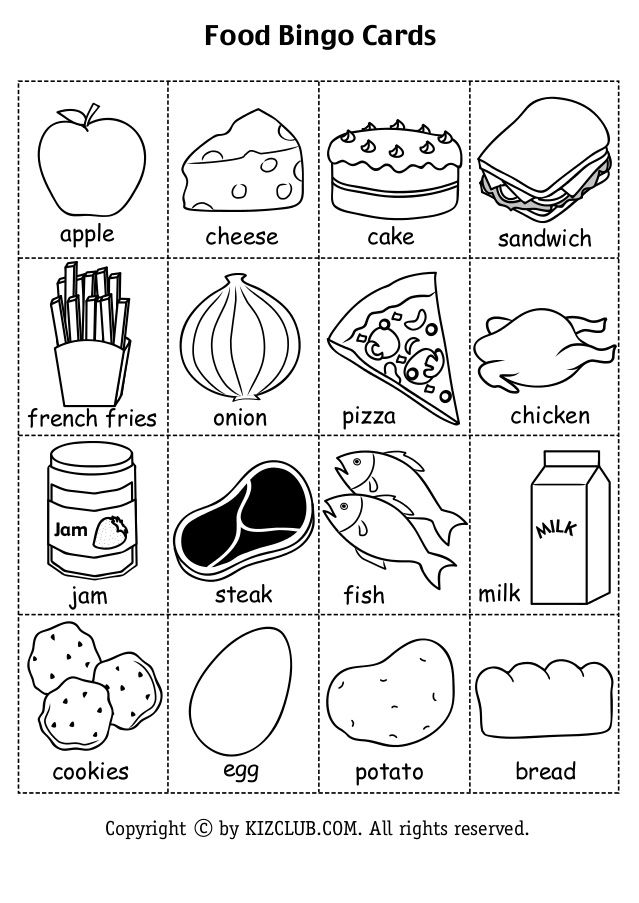 To see if students truly understand what a word is, we do this call and response activity. You will tell them the word first. “The word is ‘bloom’. What does the word ‘bloom’ mean?” Have your students tell you what the word means. Then you will say, “Okay, I am going to say a word. If this word can ‘bloom’, then you will say the word ‘bloom’. If it cannot, then you will be quiet.” So, you will say words like flower, garden, plant, and then also words like lion, computer, candle to see if they are able to identify the words that go with the vocabulary word.
To see if students truly understand what a word is, we do this call and response activity. You will tell them the word first. “The word is ‘bloom’. What does the word ‘bloom’ mean?” Have your students tell you what the word means. Then you will say, “Okay, I am going to say a word. If this word can ‘bloom’, then you will say the word ‘bloom’. If it cannot, then you will be quiet.” So, you will say words like flower, garden, plant, and then also words like lion, computer, candle to see if they are able to identify the words that go with the vocabulary word.
Picture sorts
We used picture sorts all the time to practice sorting by sound, but they are also the perfect opportunity for a mini vocabulary lesson! When you are working on a picture sort, you may come across trickier words, like “blimp”, “clover”, or “pliers”. Rather than dismissing these words as “too hard” for a Kindergartener, teach them what the words mean as you are doing the activity together. You can watch how I use picture sorts to practice vocabulary here.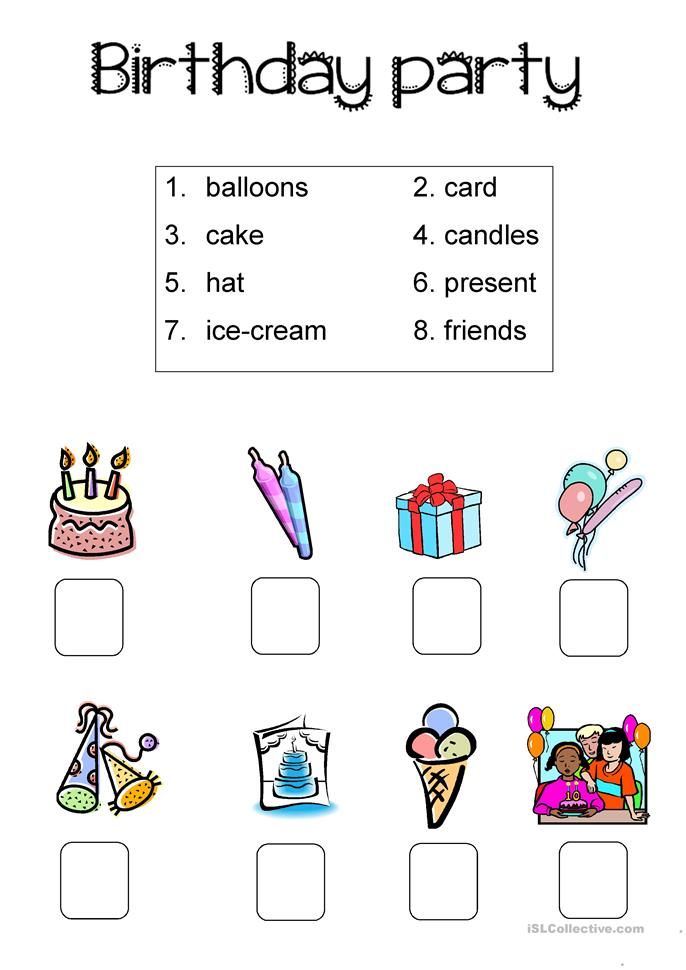
Find all my Phonics Picture Sorts in my Teachers Pay Teachers store here.
Which one of these simple vocabulary activities for Kindergarten will you try with your students?
Vocabulary development games
Child 's speech development starts from the first six months of his life. A rich vocabulary is, at a minimum, the ability to clearly express one's thoughts. There are age norms and ways, games that will tell you how to increase the child's vocabulary.
Child's vocabulary: Age norms
Average age norms are presented in the following vocabulary indicators:
- up to a year - 3-4 words;
- 1 year 3 months - 6 words;
- 1 year 6 months – from 7 to 20 words;
- 1 year 9 months - an average of 20 words;
- 2 years - 50 words;
- 3 years - 250 - 700 words;
- 4 years - 1500 - 2000 words;
- 5 years - 3000 words;
- 7 years - 3500 words.
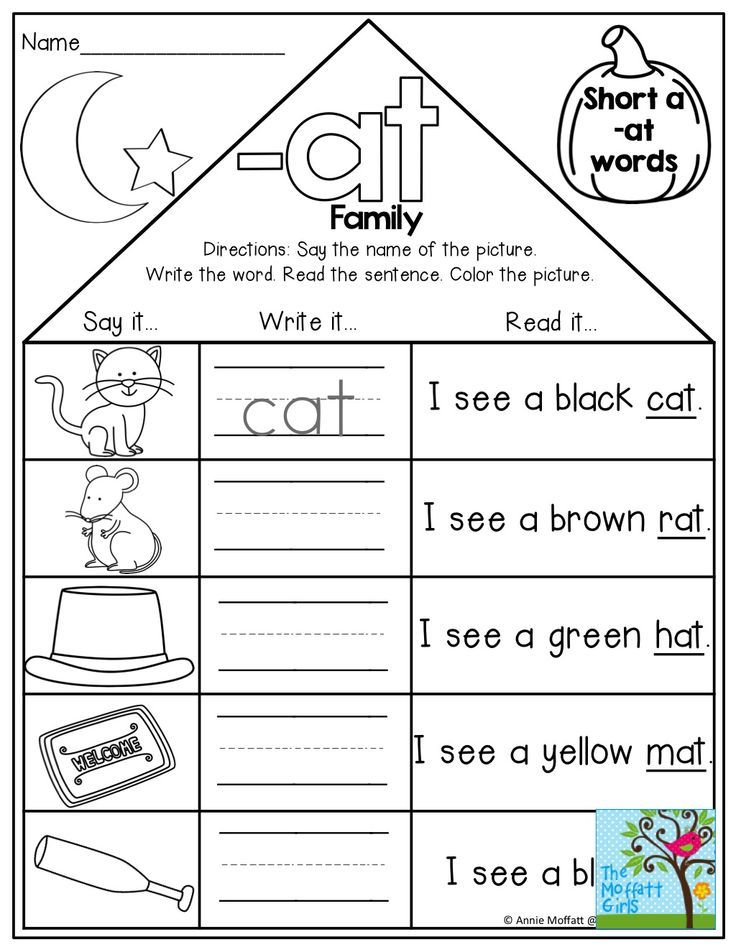
The ability to easily and freely use their vocabulary is necessary for a child for confident communication, harmonious development, and successful learning. nine0007
Your attention is offered games that will help to significantly activate the vocabulary of older preschoolers, increase the accuracy and speed of word selection.
Child's vocabulary: Games
"Playing with fingers": suggest five different options for ending sentences, count the options by bending your fingers.
For example: They grew behind the house……….. (Christmas trees grew behind the house. Reeds grew behind the house. Lilac bushes grew behind the house. Willows grew behind the house. Tall birches grew behind the house)
Continue the sentences:
Mom bought it in a store……
Petya carried it in his briefcase……
Katya took it from the table… The dog was barking on the road…
"Name as many items as you can from the given material" : wood (wooden table, wooden bed, wooden stool, etc. ) Suggest materials: glass, meat, marble, rubber, plastic, chocolate, paper , brick, metal, leather, stone, snow. nine0007
) Suggest materials: glass, meat, marble, rubber, plastic, chocolate, paper , brick, metal, leather, stone, snow. nine0007
“Step-by-name” : pick five words that reveal concepts, take a step forward with each word.
I know girls names…..
I know wild animals…..
I know plants…..
I know hats…. etc.
“That's how stores are!” : list the goods that can be sold in stores with the following names: "Gourmet", "All for the soul", "Heels", "Start!", "Melody", "Ocean". nine0007
“Three parts” : name the three parts of the specified object. Name three parts of a helicopter, three parts of a shirt, three parts of a bicycle, three parts of a truck, three parts of a ship.
"All works are good" : Name some professions that work with these items.
They work with the car… (driver, racer, car mechanic, taxi driver)
They work with tickets….
Working with a pencil…
Working with a microphone…
Working with scissors… etc.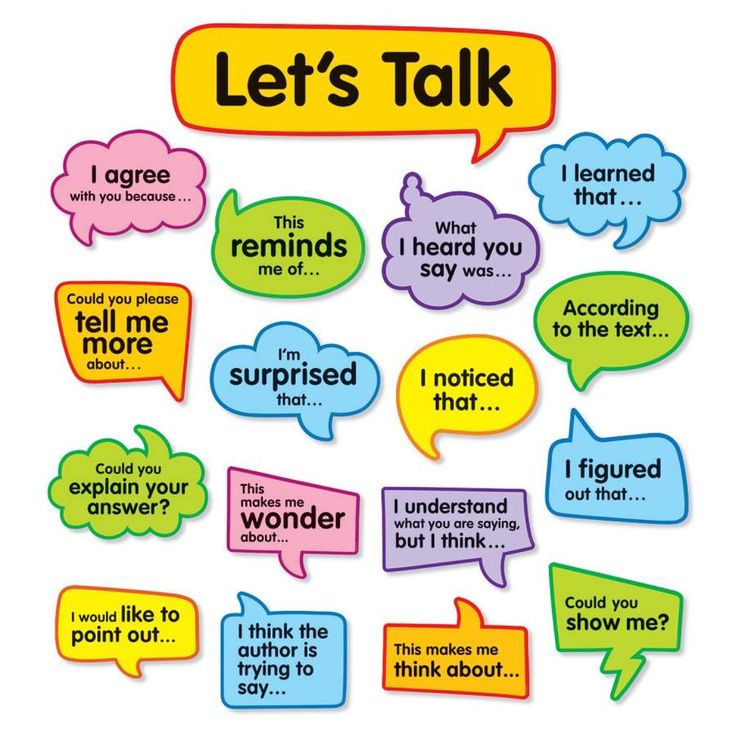 nine0048
nine0048
"Color and answer" : match three words of the same color. The coin is the same color as…. The hospital gown is the same color as… The eggplant is the same color as….
"A lot of action" : List as many activities as possible that take place in this place: at the circus, at school, from kindergarten, on the beach, on the train, on the plane. For example, in a circus people laugh, cry, sob, smile, get scared, surprised…..
“On the surface” : name as many objects as possible that can be seen on the indicated surface: on the carpet, on the table, on the road, on the stove…
“Everyone knows” : Repeat the beginning of the sentence five times and add your own word each time.
Everyone knows that it can be yellow…..
Everyone knows that it can be fragile…
Everyone knows that it can be wooden…
“Funny transformations” he will be at the crossing of the street, in transport, on his own name day, at school, in the pool.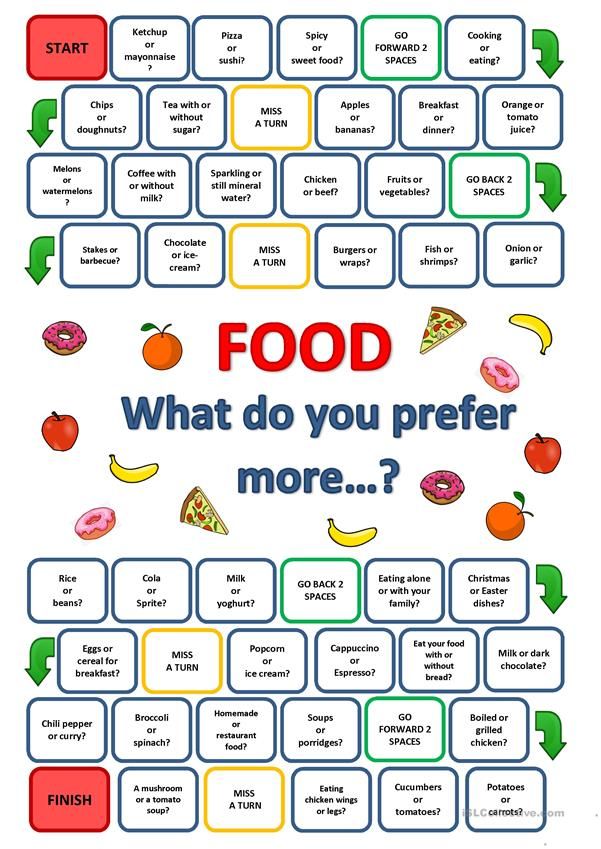
"Double adversary" : for each pair of words, pick up an opponent. For example, a gentle descent is a steep ascent, long-awaited wealth is unexpected poverty, mild frost, sad old age, quiet crying, a joyful meeting, giving a lot, a dark past, a sad end.
When studying with a child, do not rush to speak for him, tell him with a gesture, facial expression, a word of the opposite meaning. The main thing is to ensure that the child at first slowly, and then faster and faster, picks up words.
Techniques and methods for enriching vocabulary in kindergarten | Consultation on the development of speech on the topic:
Slide 1
Prepared by: speech therapist Medvedeva T.I. Techniques and methods for enriching the vocabulary of preschool children
Slide 2
Formation of the vocabulary of children at preschool age
Slide 3
At 1 year old, the baby actively owns 10-12 words; By the end of the second year of life, the vocabulary is 300 - 400 words; By the age of three, it can reach 1500 words; By the age of 4, the number of words reaches 1900; at 5 years - up to 2000 - 2500; at 6 - 7 years old up to 3500 - 4000 words.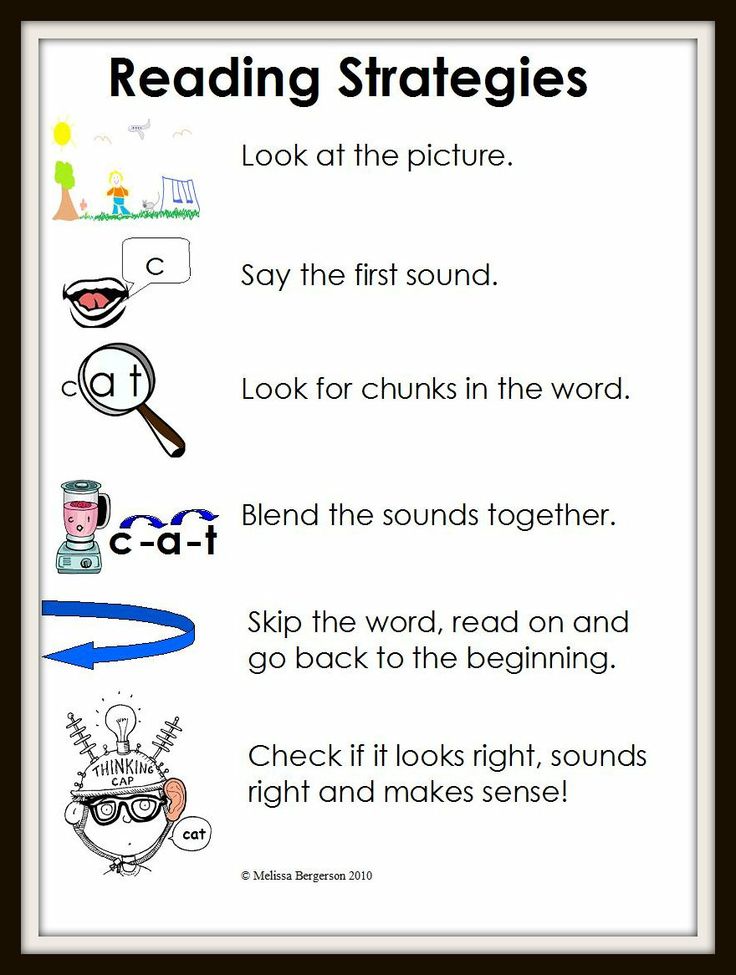 nine0007
nine0007
Slide 4
Vocabulary Enrichment Methods Direct acquaintance with the environment and vocabulary enrichment; Indirect acquaintance with the environment and enrichment of the vocabulary. Used to consolidate and activate vocabulary.
Slide 5
The content of the vocabulary work In the 1st junior group (2-3 years old) Nouns (names of toys, personal hygiene items, clothes, shoes, etc.) Verbs (denoting labor actions, actions that are opposite in meaning) Adjectives (color, size, taste, temperature of objects). Adverbs (far, close, high, dark, hot, slippery) In the 2nd junior group (3-4 years old) Learn to name and distinguish between details and parts of objects; quality; surface features; materials and their properties. Draw the attention of children to some objects similar in purpose. Learn to understand generalizing words. nine0007
Slide 6
The content of the vocabulary work In the middle group Expand ideas about objects, phenomena, events that did not take place in their own experience.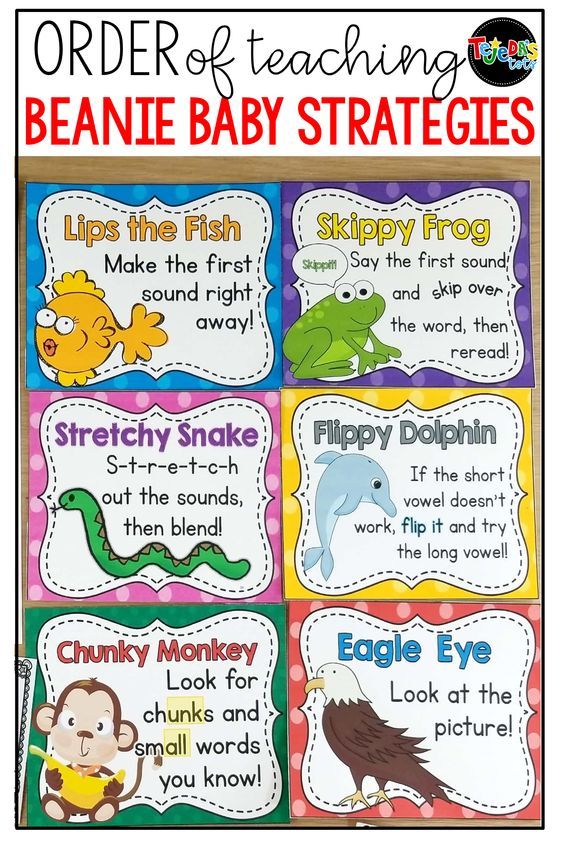 To intensify the use in speech of the names of objects, their parts, the materials from which they are made. Learn to use the most common adjectives, verbs, adverbs, prepositions in speech. Introduce nouns denoting professions into the children's dictionary; verbs characterizing labor actions. Continue to teach children to identify and name the location of an object (left, right, near, near, between), time of day. Help replace demonstrative pronouns and adverbs often used by children (there, there, such, this) with more precise expressive words; use antonyms (clean - dirty, light - dark). Learn to use nouns with a general meaning (furniture - vegetables, animals, etc.). In the senior group Enrich the speech of children with nouns denoting objects of the everyday environment; adjectives characterizing the properties and qualities of objects; adverbs denoting the relationship of people, their attitude to work. Exercise in the selection of nouns for the adjective (white - snow, sugar, chalk), words with a similar meaning (naughty - mischievous - prankster), with the opposite meaning (weak - strong, cloudy - sunny).
To intensify the use in speech of the names of objects, their parts, the materials from which they are made. Learn to use the most common adjectives, verbs, adverbs, prepositions in speech. Introduce nouns denoting professions into the children's dictionary; verbs characterizing labor actions. Continue to teach children to identify and name the location of an object (left, right, near, near, between), time of day. Help replace demonstrative pronouns and adverbs often used by children (there, there, such, this) with more precise expressive words; use antonyms (clean - dirty, light - dark). Learn to use nouns with a general meaning (furniture - vegetables, animals, etc.). In the senior group Enrich the speech of children with nouns denoting objects of the everyday environment; adjectives characterizing the properties and qualities of objects; adverbs denoting the relationship of people, their attitude to work. Exercise in the selection of nouns for the adjective (white - snow, sugar, chalk), words with a similar meaning (naughty - mischievous - prankster), with the opposite meaning (weak - strong, cloudy - sunny). Help children use words in speech exactly according to the meaning
Help children use words in speech exactly according to the meaning
Slide 7
Preparatory group (from 6 to 7 years old). Continue work to enrich the everyday, natural history, social science vocabulary of children. Encourage children to be interested in the meaning of the word. Improve the ability to use different parts of speech in strict accordance with their meaning and purpose of the statement. Help children learn the expressive means of the language.
Slide 8
Tasks of the kindergarten in the formation of the vocabulary: Enriching the vocabulary of children with new words; Consolidation and clarification of the dictionary; Dictionary activation; Elimination of non-literary words from the speech of children. nine0007
Slide 9
Lexical exercises (as well as phonetic ones) are rarely held in special classes devoted entirely to this topic; such exercises are included in classes on the development of coherent speech and classes on familiarization with fiction.

